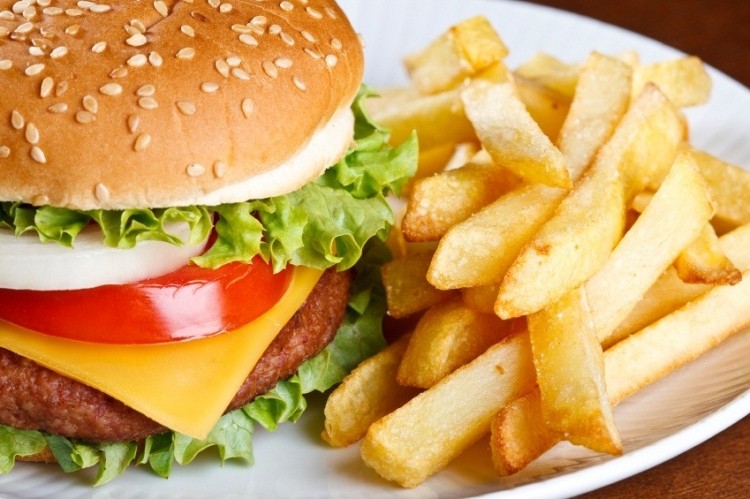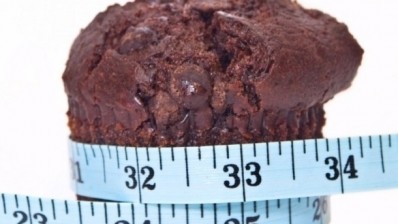High fat diets may harm males more than females

Biological responses to high fat diets differed according to gender, with male mice experiencing more brain inflammation and heart disease than female mice, found the researchers, led by Dr Deborah Clegg from the University of Cedars-Sinai Diabetes and Obesity Research Institute in California.
"For the first time, we have identified remarkable differences in the sexes when it comes to how the body responds to high-fat diets," said Clegg. "In the study, the mice were given the equivalent of a steady diet of hamburgers and soda. The brains of the male mice became inflamed and their hearts were damaged. But the female mice showed no brain inflammation and had normal hearts during the diet."
Equal groups of male and female mice were fed either a regular chow diet or a diet high in saturated long-chain fatty acid palmitic acid for 16 weeks. Despite similar weight gain among males and females eating the high fat diet, male mice were significantly more susceptible to glucose impairment, impaired heart muscle function, and brain inflammation, the researchers found.
The study’s authors also tested inflammatory responses to (saturated) stearic acid and (polyunsaturated) linoleic acid to determine if the results were specific to palmitic acid.
“Consistent with the literature, stearic acid induced inflammation, while linoleic acid did not,” they wrote.
Earlier research has suggested that premenopausal women are protected from some of the inflammatory effects of obesity, but metabolic disorders significantly increase following menopause.
The authors pointed to a female sex hormone, 17β-estradiol, and an oestrogen receptor (ESR1/ERα) that may be at least partly responsible for this protective effect. When these factors are impaired, they have been associated with glucose intolerance and more body fat.
"Our data in this study also adds to the growing body of evidence that brain inflammation may be a key factor in the obesity epidemic,” said Clegg. “These negative brain changes can occur even over a short period of eating fatty and sugary food and clearly affected males much more than females."
She said the next step would be to test these findings in humans, with the aim of identifying protective factors that could help in developing treatments for obesity-related diseases for all people.
Source: Cell Reports
Vol. 9, Iss. 2, pp. 633-645 http://dx.doi.org/10.1016/j.celrep.2014.09.025
“Hypothalamic PGC-1α Protects Against High-Fat Diet Exposure by Regulating ERα”
Authors: Eugenia Morselli, Esther Fuente-Martin, Brian Finan, et al.





















